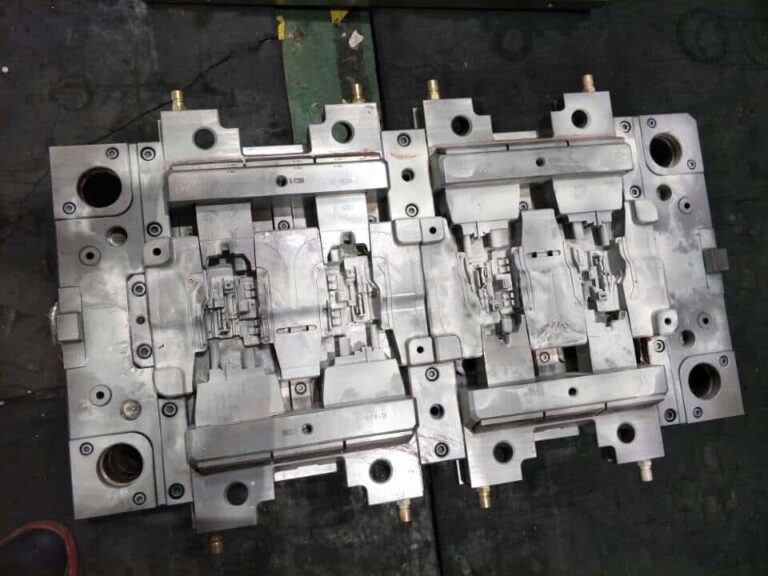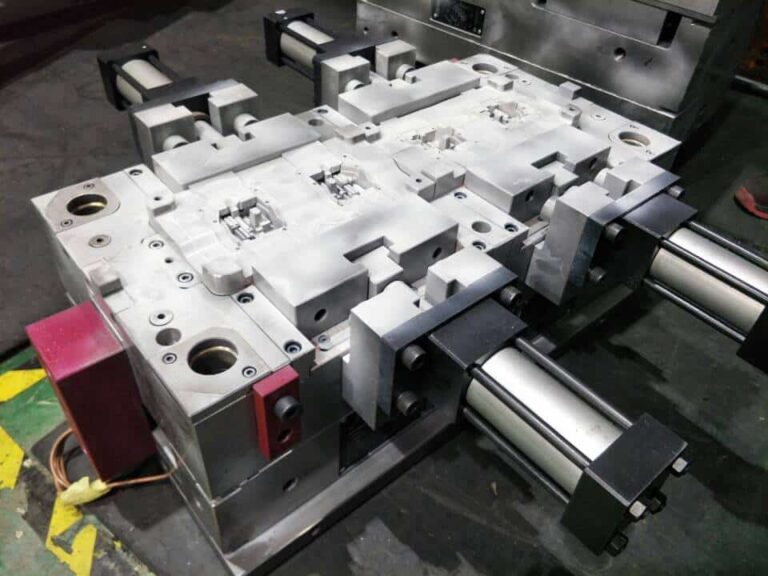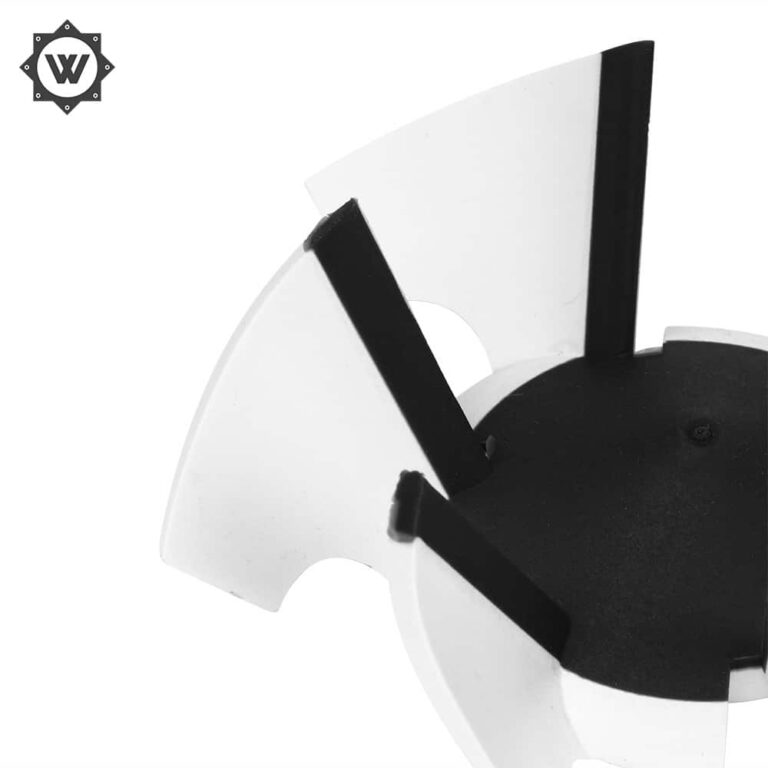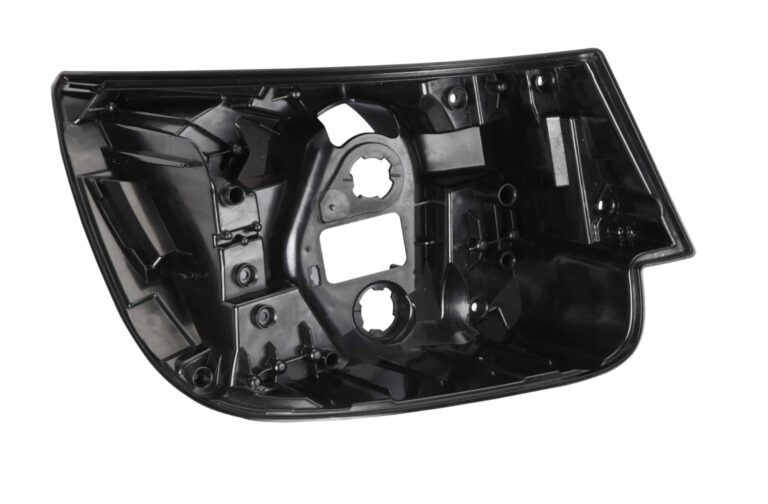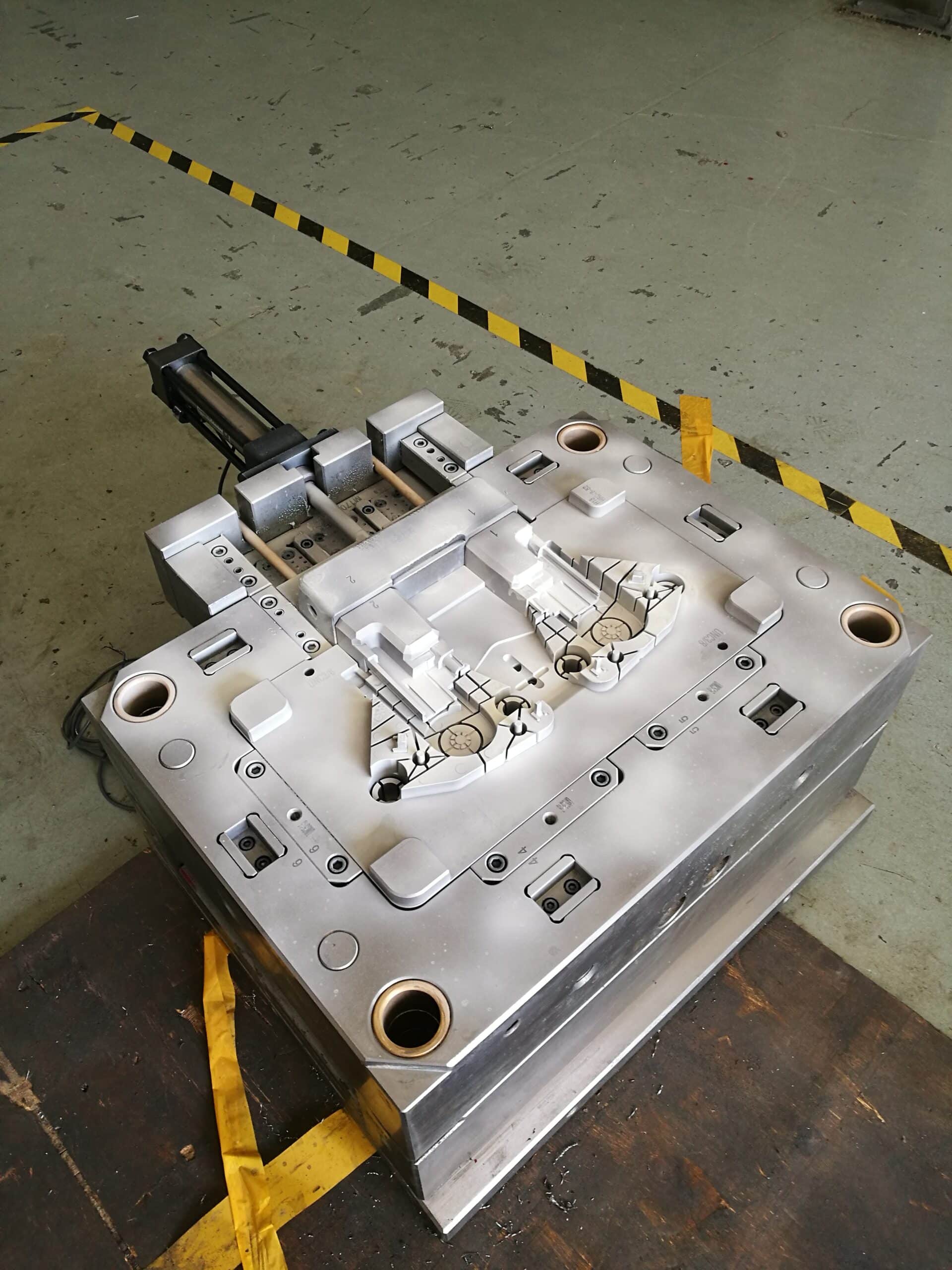
The following polishing methods are commonly used for injection molds
1 Mechanical polishing
Mechanical polishing is by cutting, material surface plastic deformation to remove the convex part of the polished and smooth surface polishing method, generally use oil stone, wool wheel, sandpaper, etc., mainly by hand, special parts such as the surface of the rotary body, can use the rotary table and other auxiliary tools, the surface quality requirements of high can be used to ultra-precision polishing method. Ultra-precision polishing is the use of special abrasives, containing abrasive polishing fluid, pressed on the surface of the workpiece being processed, for high-speed rotary motion. Using this technology can achieve Ra0.008μm surface roughness, is the highest among various polishing methods. Optical lens molds often use this method.
2 Chemical polishing
Chemical polishing is to let the material in the chemical medium surface microscopic convex part than the concave part of the preferential dissolution, so as to get a smooth surface. The main advantage of this method is that no complex equipment, can polish the shape of complex workpieces, can polish many workpieces at the same time, high efficiency. The core problem of chemical polishing is the preparation of polishing solution. The surface roughness obtained by chemical polishing is generally several 10μm.
3 electrolytic polishing
The basic principle of electrolytic polishing is the same as chemical polishing, that is, by selective dissolution of the material surface of the tiny projections, so that the surface is smooth. Compared with chemical polishing, the effect of cathodic reaction can be eliminated, the effect is better.
Electrochemical polishing process is divided into two steps: (1) macro leveling Dissolution products diffuse into the electrolyte, the geometric roughness of the material surface decreases, Ra>1μm. (2) micro light leveling Anodic polarization, the surface brightness increases, Ra<1μm.
4 Ultrasonic polishing
The workpiece is put into the abrasive suspension and placed in the ultrasonic field together, relying on the oscillation of ultrasonic waves to make the abrasive grinding and polishing on the surface of the workpiece. Ultrasonic processing macro force is small, will not cause deformation of the workpiece, but the tooling production and installation is more difficult. Ultrasonic processing can be combined with chemical or electrochemical methods. On the basis of solution corrosion, electrolysis, and then apply ultrasonic vibration to agitate the solution, so that the workpiece surface dissolution products from the surface of the corrosion or electrolyte near the surface evenly; ultrasonic cavitation in the liquid can also inhibit the corrosion process, facilitate the surface brightening.
5 Fluid polishing
Fluid polishing is to rely on the high-speed flow of liquid and the abrasive particles carried by the workpiece surface to achieve the purpose of polishing. Commonly used methods are: abrasive jet processing, liquid jet processing, fluid power grinding, etc. Fluid power polishing is driven by hydraulic pressure, so that the liquid medium carrying abrasive particles flows over the surface of the workpiece at high speed reciprocally. The medium is mainly made of a special compound (polymer-like substance) with good flowability under low pressure and mixed with abrasives, and the abrasive can be made of silicon carbide powder.

